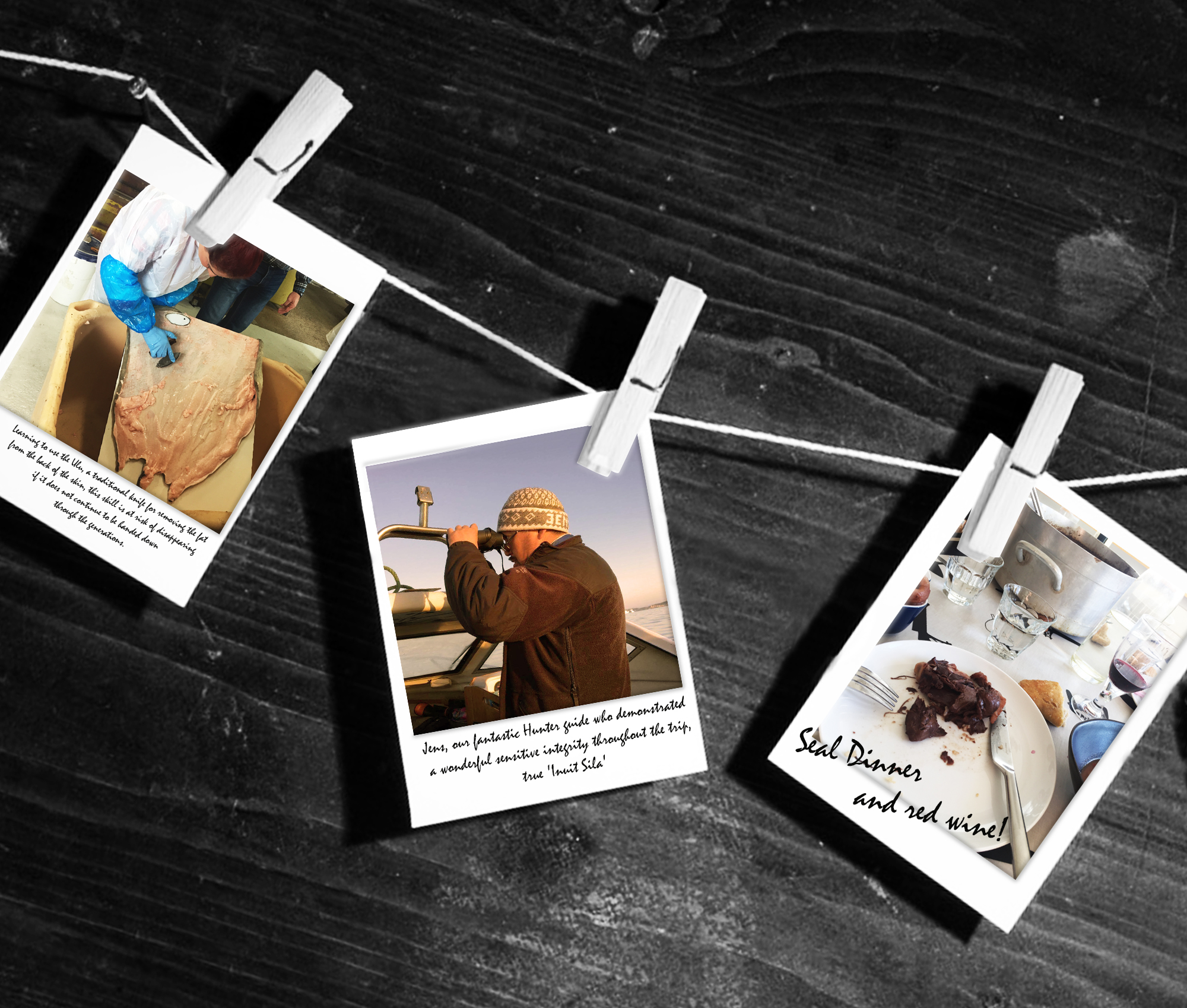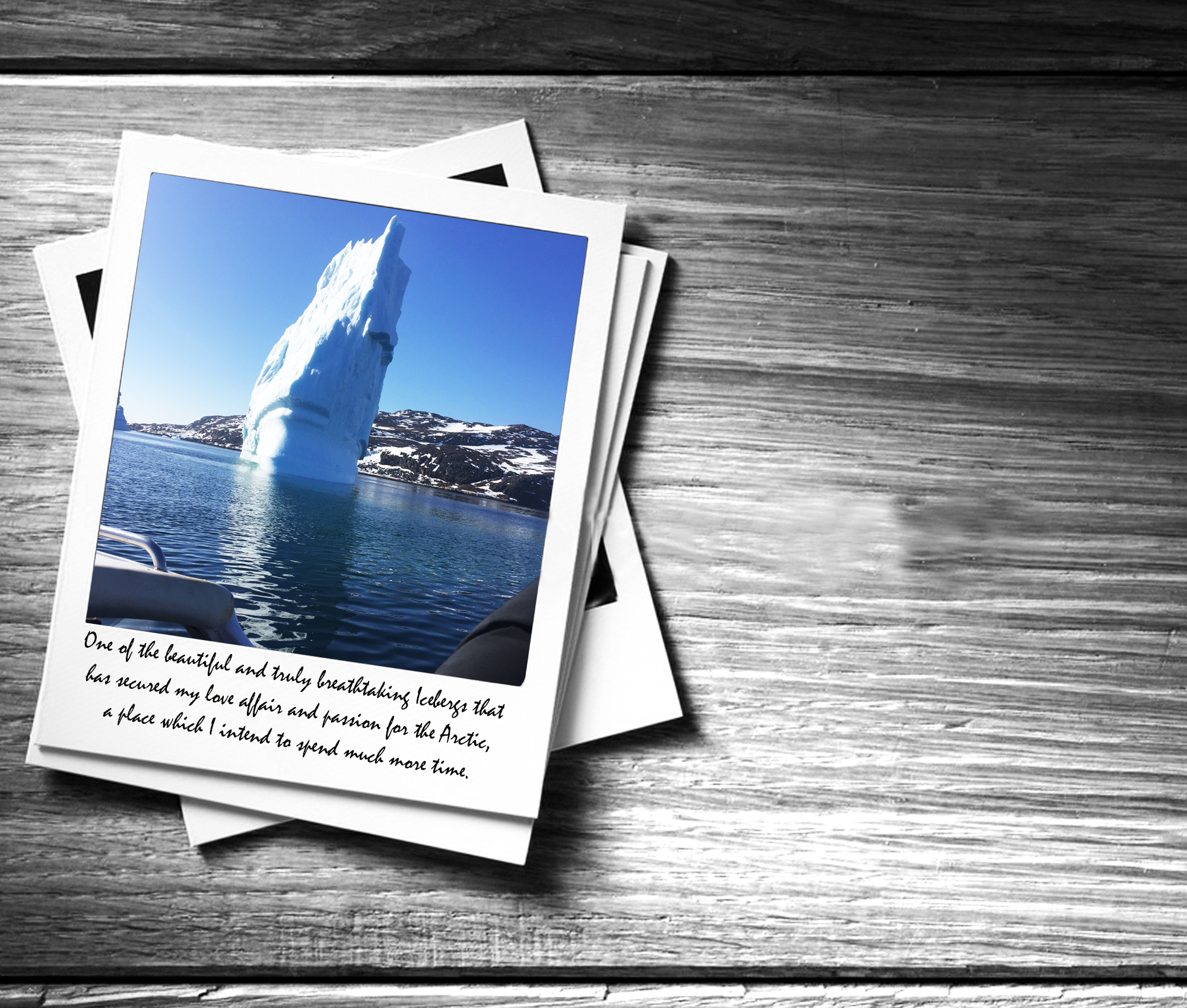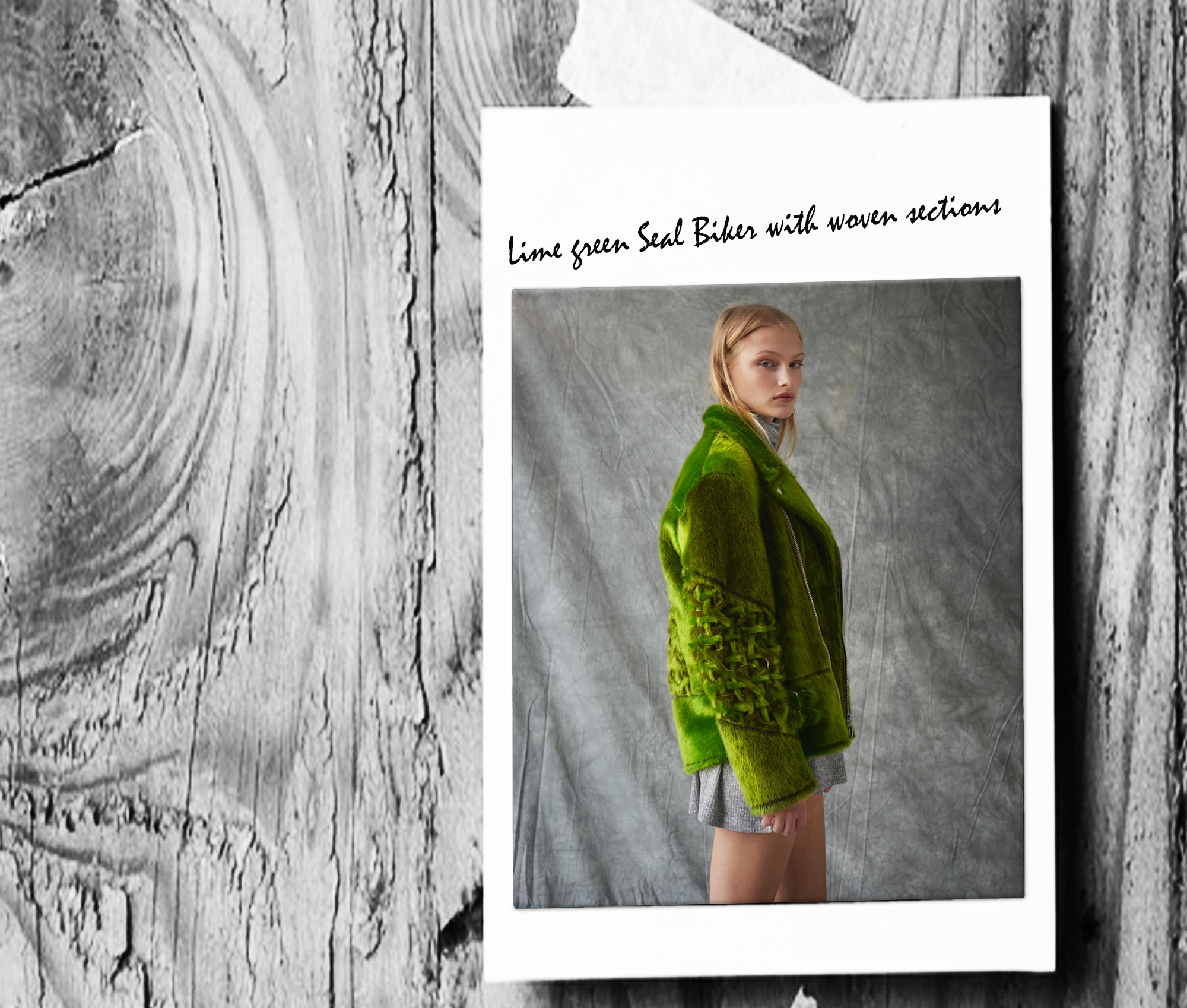Day 1
I have just completed my three years of study with my end of year graduate fashion show, and showcasing at Graduate Fashion Week and I am now on my way to visit Hockley to begin the process of manufacturing my design. With me, I have draft patterns and a toile that I have been working on for this design. I am very excited to meet the team at Hockley and share my vision with them and start bringing my design to life!
My first day at Hockley was truly amazing. I got to finally meet the team there and see the workshop. My day began with showing the team the toiles that I had been developing on my own, and reviewing the amendments that needed to be made and discussing the processes for each of the techniques. We went through the jacket first. After trying this on a person, we realised that something had to be corrected in the positioning of the sleeve. I had been working with a kimono shape sleeve for this toile, but there seemed to be a lot of excess fabric under the arm in particular. We pinned this back and reverted back to the pattern. We initially tried the kimono style sleeve again, taking out the excess and repositioning the arm hole. However, after toiling this up again, we realised that perhaps it would be an idea to work with a set in style sleeve that may take out the excess on its own, and where I will still be able to have my decorative stitch work in between the arm hole of the jacket and the sleeve head. There seemed to be a lot of back and forth, re-toiling and amending the sleeve to get it sitting perfectly and proportionally. In the end, the set in style sleeve proved to be the best method and after a last fit meeting, discovered that we had achieved the desired aesthetic that I was after. This was a great feeling, going through the process of trial and error and getting it to where I wanted it to be in the end.
Once this pattern was finalised, we were able to start marking up where the pocket should sit and how long to make the opening in order for the hand to get through it comfortably. We discussed the direction of the opening and how this would affect the drape of the sleeve, and decided to go for a vertical jet opening, meaning less disruption of the sleeve itself. After trying it on a person, we got the correct opening we needed, and transferred this to the pattern. We also looked at the amount of flare at the bottom of the fluted sleeve, and after trailing this out and looking back onto my initial illustration we got it looking subtly getting wider at the cuff. It was great to get everyone’s opinion on how the sleeve was looking and talking to the team about how this silhouette would transfer into fur whilst in the process of toiling.
With the changes of the sleeve and shape of the sleeve head, Manuel and I had to re-look at how this would also affect the shape of the armhole on the bodice of the jacket itself. We had to look at the jacket pattern and begin to rework and match it up with the sleeve in order for the sleeve to fit in perfectly. Working with Manuel is truly amazing as he is extremely knowledgeable about garment construction and pattern making, and I am learning a lot from working with him on my design.
After adapting the jacket pattern, we then worked together to produce another toile including the adapted sleeve to visualise how it looked as a complete entity. We cut the pattern out, sewed it together and tried it on a person to see how it was sitting. We found that it looked a little too large in correlation to the sleeve, and so we started to pinch away fabric to make the bodice a little bit more fitted. We went back to the pattern again, repositioned the darts into the style lines I drew, and were able to take out the excess fabric from them.
We have now begun to put together the new toile of the jacket bodice since we have made the amendments which we will continue on next week when I visit again.
It has been really wonderful today to meet everyone and I am looking forward to my next visit and the progress that we will make!
Day 2
I am on my way to visit Hockley again today and have been thinking about the types of fur that I would like the main bodice of the jacket to be in. Initially, I wanted the bodice of the jacket to be in red leather and there to be a long haired fur trim incision through the bust and through to the back on either side. However, I am now thinking whether it would look more interesting if the bodice was in a sheared fur in red while the long hair trim incision remains the contrast. In doing this, I feel that the outfit will be more cohesive and I can play around with direction of the fur in order to make it either looking darker and more matte against the light and also more glossy and bright against the light.
I am really excited about discussing what the jacket should be made in today, whilst finishing the pattern for the jacket after the amendments we made previously. I think that it is great that I am able to truly develop and realise my design with Hockley and openly discuss changes that I feel should be made and listen to what they also feel would perhaps work better.
Today we managed to finalise my jacket patterns after one last fit review, and begin to discuss what fur this should be in. Tina suggested that my design would work well in mink. We discussed using both sheared and unsheared mink in both colourways blue and red, and where I envisioned them on the bodice of the jacket. We then had another meeting, to discuss what fabric should be in the sleeve of the jacket, and whilst looking at my design and picking out all the fabrics and furs that will be incorporated, we decided that it would be really interesting to have an eclectic mix of texture and colour. As I am planning on using denim, suede, fur and leather within my design, we thought that it would tie everything together and make a dramatic aesthetic if we were to put all of these fabrics within the sleeve in the process of intarsia. This way, we could also allocate smaller pieces of fur to be used elsewhere in my design too. It is great that I am able to have frequent meetings with the furriers to get practical knowledge on whether my design can be achieved and what works best for them as well as what my design intentions are. I am able to get all round knowledge from design to construction.
We have now started to work on the dress pattern for my design. As I have gone for a trapeze silhouette, Manuel and I have decided that in order for the trapeze to sit elegantly underneath the jacket, there will have to be darts on the back and front of the garment to pull in the fabric at the waist so it can sit flat. We toiled this up and then put it on the mannequin to see how it was fitting, and decided to take a few centimeters off of the arm hole and reshape it, take the excess fabric off from the bottom of the arm hole so that sits flat beneath, take about 1 cm off from the side seams, reposition and take more out from the darts to make it ever the more fitted. The shape of the dress itself was perfect with how much flare we achieved, but we decided to add on another 5cm at the hem with another 5cm for the hem itself baring in mind the height of the models!
Today has been extremely successful and as we have discussed types of fur for the jacket, finalised that pattern and have almost now got the dress silhouette together and completed. We now need to work on the collar and I need to start putting in my style lines and intarsia design for the sleeves. I am going to take the sleeve pattern home with me and work on my design for this, labelling what fur I want in each panel for the next time I visit.
Day 3
I am back up in Hockley and have completed my design for the intarsia sleeves, however, whilst in the process of this, I felt unsure as to what fur to use where on each individual shape. I want to get more guidance and advice of this so I will be asking Manuel and the furriers views on this today. I have been colour coding each of the shapes however to see what all the colours would look like as one final piece, and as I am only using red, denim, blue and merlot, I had to be careful that the colours were spread out and not too much of one colour in one place. I am also looking forward today to start to look at how the colour will sit for the dress part of my outfit, and how I will start to section the dress pattern up in order to get the patchwork effect that I am after.
I am feeling really confident about the decisions that we have made today with regards to what fabric/fur to use where on the intarsia sleeve. Although this can still change once we get the skins and fabric, it is good that the furriers have a draft pattern to go from to see how it may all fit together. When making the patterns for the sleeve, I went for a symmetric design, using both angular shapes and rounded shapes to make the sleeve look almost like a stain glass window. In the meetings about my design, Tina also suggested that I could have a pocket within the sleeve to act as a phone holder, so that the wearer can attach their headphones to their phone and listen to music. This I feel would be an interesting feature and make my design which has many traditional elements, more modern and utilitarian. I have also been discussing with Manuel today, about the finish of the sleeves. We went through some of the types of finishing’s that Hockley have used and are currently using, and I discovered that the raw edge finishing that is lined makes a sleeve look less bulky and has a more current feel to it. Because of this, I decided that this would be the type of finishing that I would like to have on the sleeves as the sleeves themselves may prove to be quite heavy and this might make them look more refined.
Now that we have discussed what fur/fabric is going where on the sleeve, we were able to have a meeting with the furriers about the quantities that we would need to order. By knowing roughly the dimensions of the mink skins, and that we wanted to use female skins, the furrier was able to estimate a quantity for the base of the sleeve which was in sheared red mink and the shapes which was a mixture of blue sheared mink, long haired red mink and blue long haired mink. As there could prove a lot of waste in this process of intarsia to get both sleeves symmetric, I brought up whether we could reverse the sleeve on the other side to use the base of the shapes cut out from the opposite sleeve and then use the cut outs within the other sleeves design. However, by doing this it would compromise the design aesthetic and would no longer look like my original plan. We decided to go ahead with what we had originally thought as this would get a better outcome and the waste fur I could transfer onto other designs.
Whilst we were discussing this, I noticed a pile of a merlot coloured pink suede in the corner of the studio and asked Manuel what they were using this for as it was the exact weight, colour and material that I was after for my design. He said that it was left over suede that they had previously used, and that I could use it if I would like. This was really great as I had now managed to source some suede that would have been discarded otherwise. As part of my design, my theme is of course to stitch things together, the old and the new to create something awkward that seemingly works well while equally questioning whether it truly does work well. In utilising the suede that is already there, reflects my theme while I have equally outsourced fabric and leather that appears more new and modern.
I have now begun to work on the style lines in the patchwork and will be taking the patterns home to work on it for the next time I am in London. Something that I will have to be aware of is to make sure the seam lines are matching through the front to the back when the darts are closed, as if they do not match up completely this would not look very good!
Day 4
Today I am looking forward to start to finalise my dress pattern. I have been drawing in the style lines on the front and back for the patchwork effect and will be discussing with the team, what method or technique we will use to get the blue lines between the seams of the patchwork. I have also drawn up the style lines for the leather opening panels on the lower part of the dress which will be corded through.
I discussed with the furriers a technique that may be able to be used for in between the patchwork, and they have suggested very fine strips of long hair mink to be sewn in between the patchwork. This I feel would look really great and add another interesting dimension to my design. Manuel and I have been making sure that all my patchwork seams match up and have been correcting anything on the pattern that looks awkward. We have begun to trace off today, and transfer the patterns onto card and adding the appropriate seam allowances. This may prove to take a while as both my jacket pattern and dress pattern have a lot of panels and pieces that all individually need to have notches, seam allowances, grain-lines and labels. I have begun firstly to trace off and transfer the sleeve onto card today while Manuel has been tracing off the jacket pattern and making any last final amendments and corrections.
This week
I have just finished tracing off the very last pieces of the pattern and transferring them onto card, so the only thing left to do now is to make the lining pattern and show Tina and Manuel when denim I am thinking of using and also try to get two swatches of the colours that I would like the mink to be dyed in.
Work in progress:
































 The day at the BFTA house in London was so amazing. The judges were super sweet and it was exciting to get some positive feedback on my work. They saw my vision and how my design aesthetic could develop and incorporate fur. I got such a boost that day, and I remember how lucky I felt that someone from the industry saw potential in what I was doing. At the workshop we learned about fur and how to work with it as a material. A couple of weeks after we attended the review I was selected as the winner of the BFTA competition in UK, which gave me the opportunity to get a fur garment produced for my SS 16 collection, a trip to
The day at the BFTA house in London was so amazing. The judges were super sweet and it was exciting to get some positive feedback on my work. They saw my vision and how my design aesthetic could develop and incorporate fur. I got such a boost that day, and I remember how lucky I felt that someone from the industry saw potential in what I was doing. At the workshop we learned about fur and how to work with it as a material. A couple of weeks after we attended the review I was selected as the winner of the BFTA competition in UK, which gave me the opportunity to get a fur garment produced for my SS 16 collection, a trip to 


